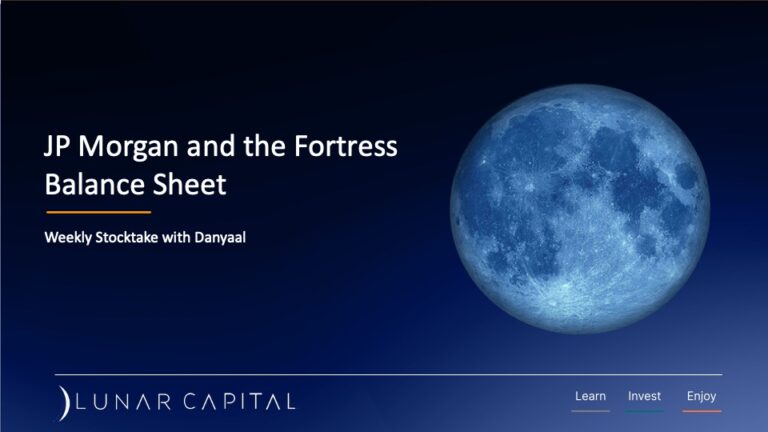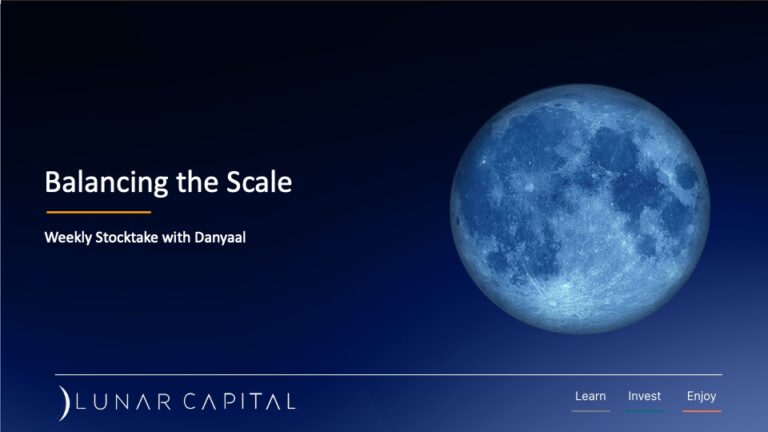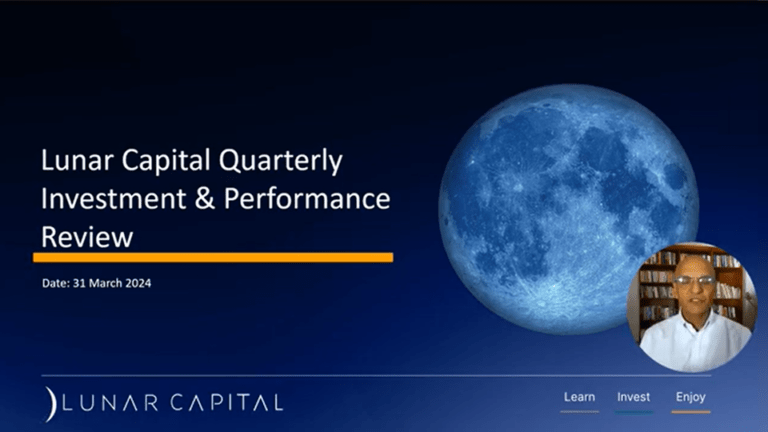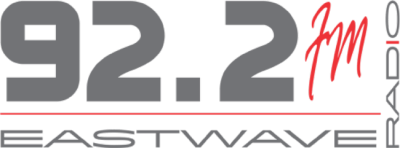In this first blog for Lunar Capital, I wanted to start with a discussion on how you can more consciously measure your value and build it over time.
Over the last 15-odd years, I have regularly (at least annually, and recently semi-annually) updated what I term as My Personal Value (MPV) measure. This has helped me achieve my aspirations and secure my financial future. My Personal Value is in fact a personal balance sheet. It measures your net worth at a point in time. It is simple and easy to complete and update.
By regularly completing My Personal Value, it allowed me to:
- Understand the assets that I have and whether they are working for me or not;
- Understand the liabilities that I have and how much this is costing me;
- Understand the mix of assets and liabilities that I have and to consider how I could change this mix to make it more optimal;
- Track over time whether I was achieving my long-term financial objectives and to consider what I should do to be on track;
- And most importantly, it measured my value in a tangible way.
Personal Value
In this blog, I will share with you my thinking and the process I follow, as well as provide you with a template spreadsheet that you can use to create a My Personal Value measure for yourself. A MPV is in fact a personal balance sheet; and we know that a balance sheet reflects your assets and liabilities, and the difference between the two reflects your Net Value, i.e. Asset – Liabilities = Net Value.
The first step in making your assets work for you is to have a clear understanding of what assets and liabilities you have. I define assets as the ‘things’ that you have or own that provide you with a return. For example, a financial asset like a share gives you a return in the form of dividends and/or capital appreciation (at least you hope it does). However, I like to think of assets in a wider context. The skills and capabilities that you have can also be considered as assets. In fact for most people, this is their most valuable asset, as over their lifetime this provides the greatest returns. This return is through your earnings as you apply your skills and capabilities in a work environment and you get paid for it.
Liabilities are things that you owe, for example if you have a loan from a bank, you owe the bank the value of the loan, and you have to repay the bank this amount. Liabilities give you a negative return, i.e. it costs you to have that liability, for example, the bank will charge you interest on your loan. So, not only do you have to repay the amount that you have borrowed but also any interest that accrues on the borrowed amount. I like to think of liabilities then as negative assets. A housing loan, personal loan or outstanding amounts on your credit cards are all liabilities.
Your assets
Simply, I categorise my assets as follows:
- Non-tangible Assets, i.e. these are my skills and capabilities, my network, etc. and
- Tangible Assets, i.e. my financial assets, such as the property, car, shares, unit trusts, etc. that I own.
I further categorise my Tangible assets as follows:
- Lifestyle assets, i.e. home, car, furniture, etc.; and
- Investment assets, i.e. retirement fund, stocks, bonds, investment properties, savings accounts, etc.
This is not to say that one cannot have other types of assets, but this is merely to keep things simple. By keeping it simple, it helped me to have the discipline of creating My Personal Value measure and then regularly updating it.
I do not want to spend too much time on your Non-Tangible assets in this blog, suffice to say that this is most people’s cash cow. So, it is important to learn and educate yourself and to keep on building up your skills base. The longer you can stay in a formal business, be it working for someone or if you run your own business, the greater the financial (and hopefully, personal satisfaction) rewards you will get. So pay particular attention to developing these assets, i.e. your skills and capabilities and this will allow you to progress your career and ultimately if you follow the advice below, grow your personal financial value.
Financial Assets
As we discussed above, these can be classified as Lifestyle assets and Investment assets. Lifestyle assets allow you to live a certain lifestyle, which can range from frugal to extravagant. One does need certain lifestyle assets not only to survive, but also to support you in creating a happy home and in supporting your career. You need a home to live in, transport to take you to and from work, and also certain luxuries to help you to relax (think TV for example).
Investment assets on the other hand, are those assets that provide for one’s future financial security, whether this is retirement, or for ‘rainy days’ or even to support a certain lifestyle that one aspires to. Immediately, we can see that if we do not have sufficient Investment assets and too much Lifestyle assets, we could end up in a disastrous situation where one does not have the income, for whatever reason, to support one’s lifestyle. I do not classify a property for personal use as an investment asset, it is a lifestyle asset (even though it may go up in value). Let’s not even talk about motor vehicles.
So, over time, one wants to build up one’s Investment assets – to cater for your and your family’s financial security should you be unable to earn an income any longer. Now by taking the time to complete and/or update your My Personal Value measure you will immediately start understanding whether your mix between Lifestyle Assets and Investment Assets are optimal or not. Similarly, you will be able to answer the following key questions that you should regularly ask yourself:
- What is my current personal value?
- Will my family be taken care of if something happens to me tomorrow?
- Would my family know what policies and accounts we have, should something happen to me?
- Has my Net Value grown from the previous year? And, where has this growth come from: is it through increased savings rate; better returns from my assets or from reducing my liabilities?
- Are my Investment Assets providing market related returns or are they underperforming?
- What growth in my Investment Assets do I need to meet my long-term financial objectives?
- Should I be investing more from my income for the future, by cutting back on my spending?
- Am I invested in the right asset classes to get the kind of return that I should be getting?
- Is my mix between stocks, bonds, property, and cash optimal?
- Am I overly exposed to certain assets?
- Are my liabilities coming down? Is it quick enough?
Start updating your Balance Sheet
As it is the beginning of a new year, and especially with lots of financial uncertainties, there is no better time for you to update your My Personal Value measure and start the process to your financial security and freedom. As discussed previously, I have attached the spreadsheet template with this blog. This is a very simple process and should take you no more than an hour or two for most people.
\”View My Personal Value Balance Sheet\”
Once you have completed your My Personal Value measure, I encourage you to discuss this with your family, so that as a family you can set your objectives. If everyone in your family are pulling in the same direction, then you have a much better chance of securing your family’s financial security. The sooner you teach your children about financial planning, the chances are much better that they will become financially responsible earlier in their lives.
Please let me know if this has helped you or not and write to me on any improvements that you may have.
Good luck and a happy new year to you.
Sabir





